Another Look: Have an Abstract Christmas
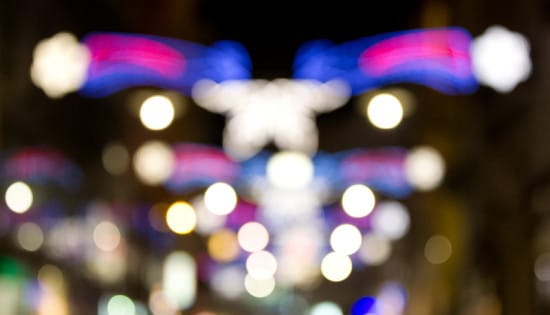
Most articles for beginning photographers are about how to create technically perfect photographs. They teach correct exposure, the very highest contrast, precise white balance, and so on. But several special things about Christmas make it a great time to create and make use of pictures that are remarkable and unusual, not “technical.” Although… today we will be devoting great care to one technicality: correct focus. We’ll be careful to ignore it.
Normally we’re always trying to get people to see the main topics of our photos as soon as possible and to get those topics as sharp as possible. But what if you make the whole photo blurry on purpose? And here I don’t mean mild blurring, which can also be interesting even when it starts out as a mistake. No, I mean a dramatic “mistake,” but one that’s entirely on purpose. For example when you shoot with a telephoto lens, and instead of focusing on the subject ten meters away, you focus just one meter away.
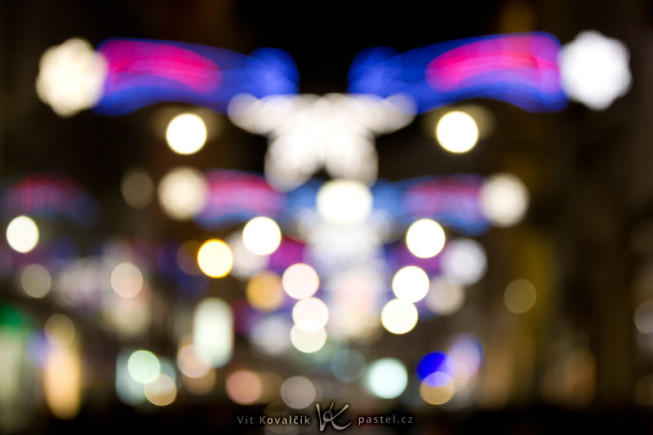
In many cases, bad focus leads to unusable photos. But right around Christmas, the world’s cities are simply drowning in colored lights that, when blurred just right, make way for a characteristic and elegant bokeh (that is, unfocused region). And in many areas it’s dark as early as four or five o’clock, so you don’t need to wait until deep into the evening—you can already get started picture-hunting in the late afternoon.

Creating blurred pictures is very easy, and once you try it, you’ll start looking around for all sorts of unusual lighting sources. Usually the goal is to maintain the lowest possible f-number. There are three reasons for this: it keeps the lights as blurred as possible and as circular as possible (at higher f-numbers they become n-polygons), and as much light as possible falls on the camera sensor. This is good, because most decorative lights are not really very bright. Even with a minimal f-number, you’ll be using ISOs as high as 1600 or 3200.
Of course that last problem can be remedied with a tripod, but where’s the fun in that? And anyway, setting up a tripod on a busy downtown street on this crowded shopping season might not be the best idea. (You’ll already be getting enough funny looks for the fact that you’re standing there seemingly pointing a telephoto lens into thin air.)
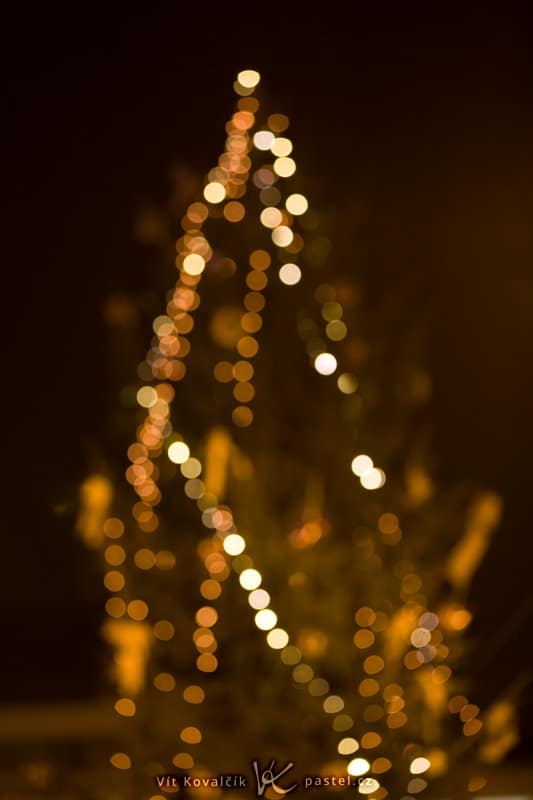
For added variety, you can take the picture “through” some object, bringing a less-abstract element to the picture:
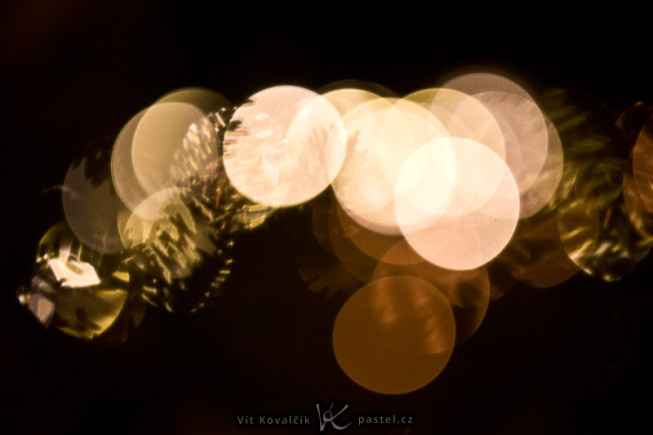
Another way to bring order to abstraction is through the use of motion. A random twist of the camera is a good enough start for experimentation. But if you want something more specific, try a long exposure, holding the camera in place, and zooming in during the shot. The result looks like a hyperspace jump:
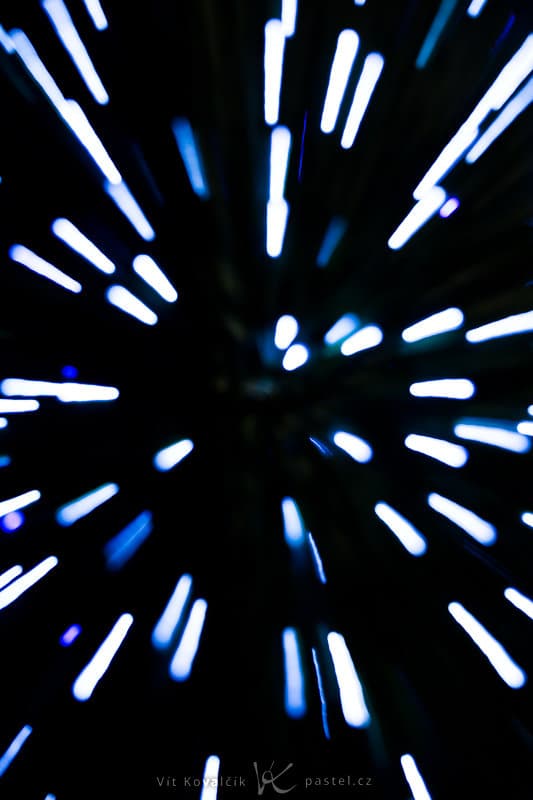
Instead of zooming, you can also try just capturing the motion in the objects around you, like this carousel:
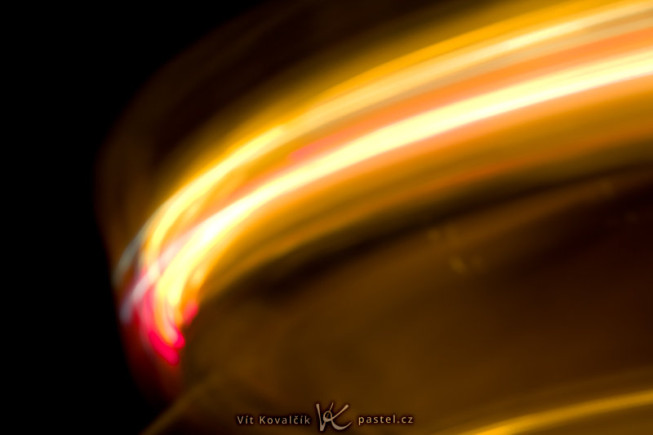
This isn’t a full list of the possibilities out there—just a few tips for getting into the right photographic mood. If they’ve worked and you’re worked up, then get out there and take the kind of unique pictures that this special season has to offer. Take them soon enough, and you’ll be in time to use them in custom seasons’ greetings for your relatives and friends.